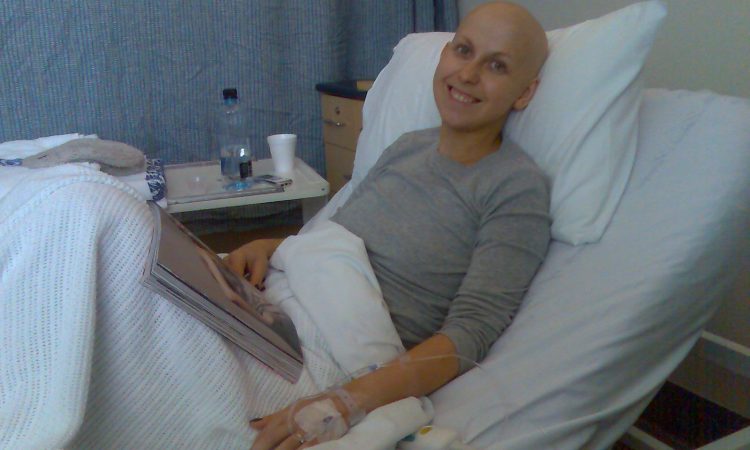In the realm of healthcare, advancements in technology and a deeper understanding of diseases have spurred a movement towards personalized and patient-centric care. One such area where this shift is particularly notable is in cancer treatment. Traditionally, cancer treatment has been synonymous with hospital visits, long hours spent in clinics, and invasive procedures. However, as medical science progresses, so does the way we approach cancer care.
Enter the era of Home Cancer Treatment Programs.
These programs represent a paradigm shift in cancer care, offering patients the opportunity to receive treatment in the comfort and familiarity of their own homes. But what exactly are home cancer treatment program, and why are they gaining traction?
Understanding Home Cancer Treatment Programs
Home cancer treatment programs are designed to provide comprehensive care to cancer patients outside of the hospital setting. These programs leverage a combination of medical expertise, technological advancements, and supportive care to deliver tailored treatment plans directly to patients’ homes.
Key components of home cancer treatment programs include:
- Remote Monitoring and Telemedicine: Through the use of telemedicine platforms and wearable devices, patients can stay connected with their healthcare providers. Vital signs, medication adherence, and symptoms can be monitored remotely, allowing for timely interventions and adjustments to treatment plans.
- Medication Management: Home cancer treatment programs often involve the delivery of chemotherapy drugs and other medications directly to patients’ homes. Pharmacists and healthcare professionals work closely with patients to ensure proper administration and manage any side effects or complications.
- Supportive Care Services: Beyond medical treatment, these programs offer a range of supportive services to address the holistic needs of cancer patients. This may include nutritional counseling, mental health support, pain management, and assistance with daily activities.
- Care Coordination: A multidisciplinary team of healthcare professionals collaborates to coordinate care and provide ongoing support to patients and their families. This team may include oncologists, nurses, social workers, nutritionists, and palliative care specialists.
The Benefits of Home Cancer Treatment Programs
The adoption of home cancer treatment programs brings forth a multitude of benefits for both patients and healthcare systems:
- Enhanced Comfort and Convenience: By receiving treatment at home, patients can avoid the stress and inconvenience of frequent hospital visits. This not only improves their overall experience but also allows them to maintain a sense of normalcy and independence.
- Reduced Healthcare Costs: Hospital admissions and outpatient visits can be costly, both financially and in terms of time and resources. Home cancer treatment programs have the potential to lower healthcare expenses by minimizing the need for in-person consultations and hospital stays.
- Improved Quality of Life: The comfort and familiarity of home can have a positive impact on patients’ well-being and quality of life. Being surrounded by loved ones and familiar surroundings can provide emotional support and alleviate some of the psychological burden associated with cancer treatment.
- Early Detection and Intervention: Remote monitoring capabilities enable healthcare providers to detect changes in patients’ health status early on, allowing for prompt intervention and proactive management of symptoms or complications.
Challenges and Considerations
While home cancer treatment programs offer many advantages, they are not without challenges:
- Infrastructure and Technology: Implementing robust telemedicine infrastructure and ensuring access to necessary technology can be challenging, particularly in rural or underserved areas.
- Safety and Compliance: Ensuring the safety and compliance of home-based treatments requires careful planning and adherence to strict protocols. Patients must receive thorough education and support to minimize the risk of medication errors or adverse events.
- Caregiver Burden: Home cancer treatment often places additional responsibilities on caregivers, who may need support and resources to effectively manage the demands of caregiving while maintaining their own well-being.
- Patient Selection and Education: Not all patients may be suitable candidates for home cancer treatment programs, and thorough assessment and education are essential to ensure informed decision-making and adherence to treatment plans.
The Future of Cancer Care
As the healthcare landscape continues to evolve, home cancer treatment programs are poised to play an increasingly prominent role in cancer care delivery. By harnessing the power of technology, personalized medicine, and patient-centered care, these programs have the potential to revolutionize the way we approach cancer treatment.
Empowering patients to receive high-quality care in the comfort of their homes not only improves their overall experience but also leads to better outcomes and greater satisfaction. As we navigate the complexities of cancer care in the 21st century, home cancer treatment programs offer a beacon of hope and innovation, ushering in a new era of healing and support for those affected by this devastating disease.
